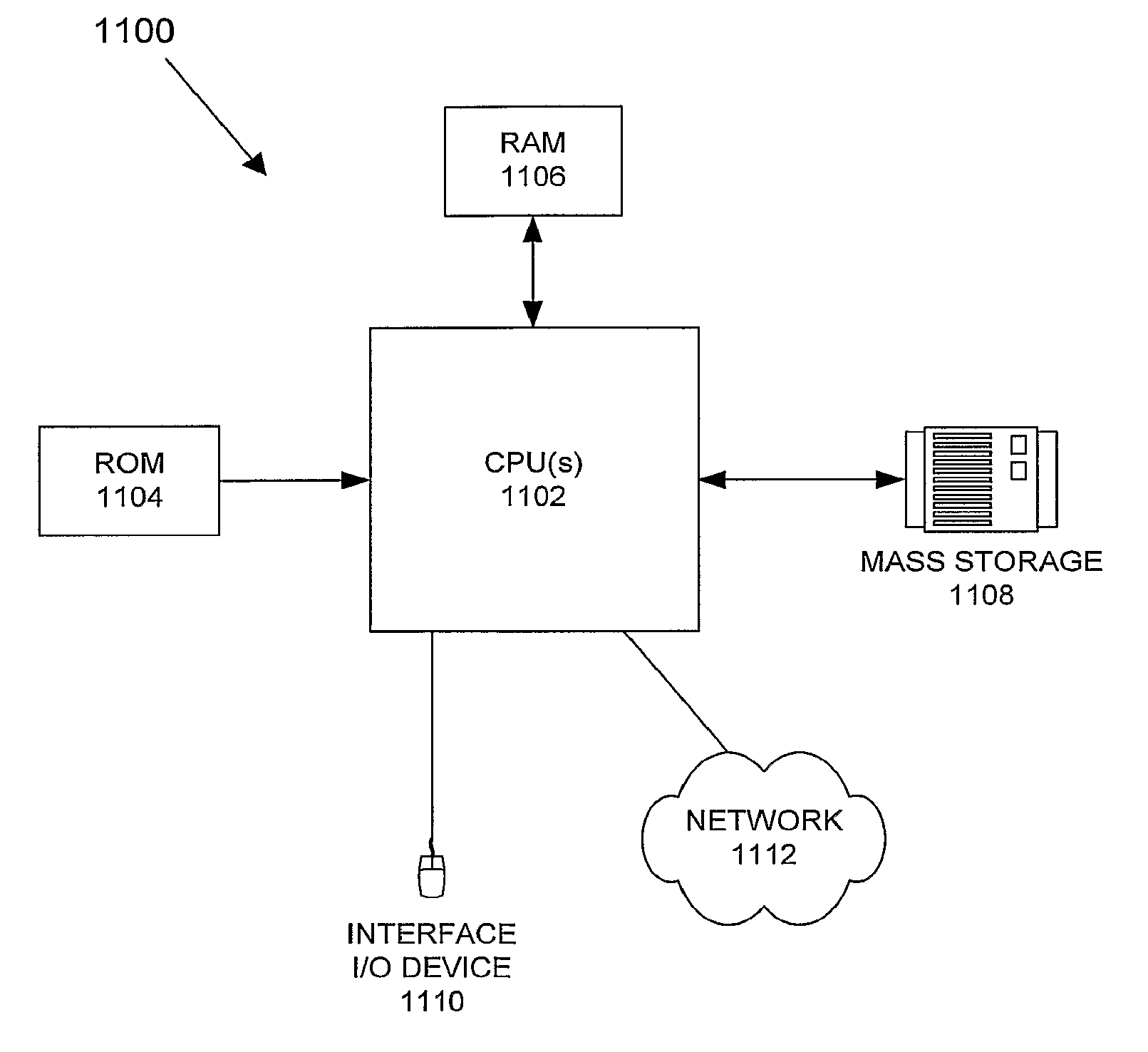Adaptive margin and band control
a technology of adaptive margin and band control, applied in the direction of cross-talk reduction, data switching network, line-transmission details, etc., can solve the problems of affecting the accuracy of data transmitted by dsl and other communication systems, reducing/avoiding/repairing techniques that have performance costs for the communication system in which they are used, and inadequate power transmission levels
- Summary
- Abstract
- Description
- Claims
- Application Information
AI Technical Summary
Benefits of technology
Problems solved by technology
Method used
Image
Examples
Embodiment Construction
[0031]The following detailed description of the invention will refer to one or more embodiments of the invention, but is not limited to such embodiments. Rather, the detailed description is intended only to be illustrative. Those skilled in the art will readily appreciate that the detailed description given herein with respect to the Figures is provided for explanatory purposes as the invention extends beyond these illustrative embodiments.
[0032]It should be kept in mind that the specifics provided herein are for purposes of illustration and that the present invention is broader than any one example. Therefore, the present invention should be construed as broadly as possible and permitted.
[0033]Generally, embodiments of the present invention will be described in connection with the operation of a Digital Subscriber Line (DSL) system having a controller (for example, a computer system or control processor, which may or may not be embedded into a Digital Subscriber Line Access Multipl...
PUM
 Login to View More
Login to View More Abstract
Description
Claims
Application Information
 Login to View More
Login to View More - R&D
- Intellectual Property
- Life Sciences
- Materials
- Tech Scout
- Unparalleled Data Quality
- Higher Quality Content
- 60% Fewer Hallucinations
Browse by: Latest US Patents, China's latest patents, Technical Efficacy Thesaurus, Application Domain, Technology Topic, Popular Technical Reports.
© 2025 PatSnap. All rights reserved.Legal|Privacy policy|Modern Slavery Act Transparency Statement|Sitemap|About US| Contact US: help@patsnap.com



